From the Moon to Jackson Park: Where are the Apollo space capsules now?
What happened to all the space capsules after they came back to Earth?
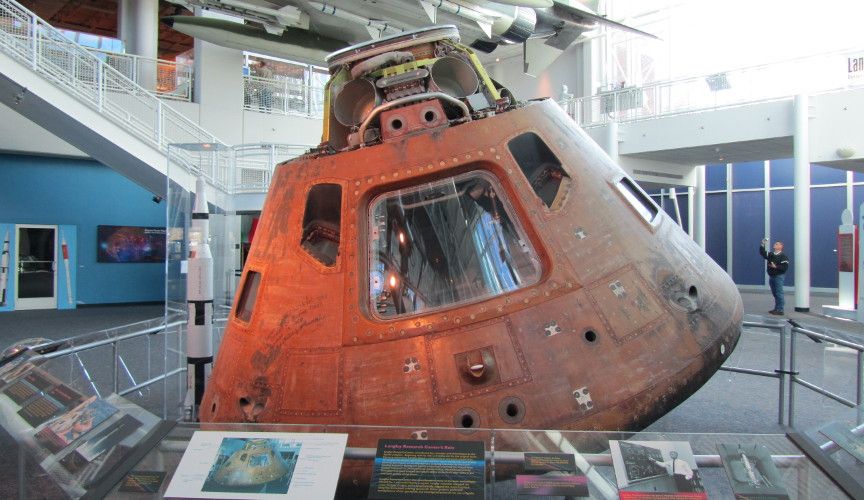
Today is the 54th anniversary of the first crewed landing on the Moon, that being Apollo 11, which landed at the Sea of Tranquility on July 20, 1969. In commemoration of this, one of the great events of the 20th century and of humankind in general, I thought instead of rehashing the old photos, videos and stories I'm sure you'll be seeing and hearing a lot of today, I'd ask a question I haven't heard many people ask before: where are all the old Apollo space capsules now?
It's a good question. All of the Apollo capsules did return to Earth, though one of them--Apollo 13--was for a brief time in serious danger of not doing that. What is colloquially known as the "space capsule" was technically known as the Command Module, the little teardrop-shaped bulb that sat at the top of the massive Saturn V rockets that were launched to the Moon and, on training missions, into Earth orbit. It was the only part of the Apollo hardware that was designed to return to Earth. The lunar lander or lunar module (LEM) came in two pieces, a bottom part that was left on the Moon itself, and an upper part that returned to dock with the Command Module in Earth orbit. These upper parts were jettisoned and crashed back to the Moon, so they're all still there. The Service Modules--the cylindrical pieces with engines sticking out of them--were jettisoned in Earth orbit and burned up in the atmosphere. Thus by process of elimination the Command Modules were the only survivors of the arduous trips. Between October 1968 and December 1972 they brought 32 men back to Earth, and a few more Command Modules were used for the Skylab missions in 1973-74 and the Apollo-Soyuz international cooperation mission in 1975. With these plus various others used in tests and training, a total of 26 Apollo Command Modules eventually became museum pieces around the world.
In this list I will focus on the fates of the spacecraft used in crewed Apollo space missions, whether to the Moon or in Earth orbit, and exclude pure testing models or other uses like Skylab. If you want to know the fates of those too, this Wikipedia page has all the dope. Now, without further ado:
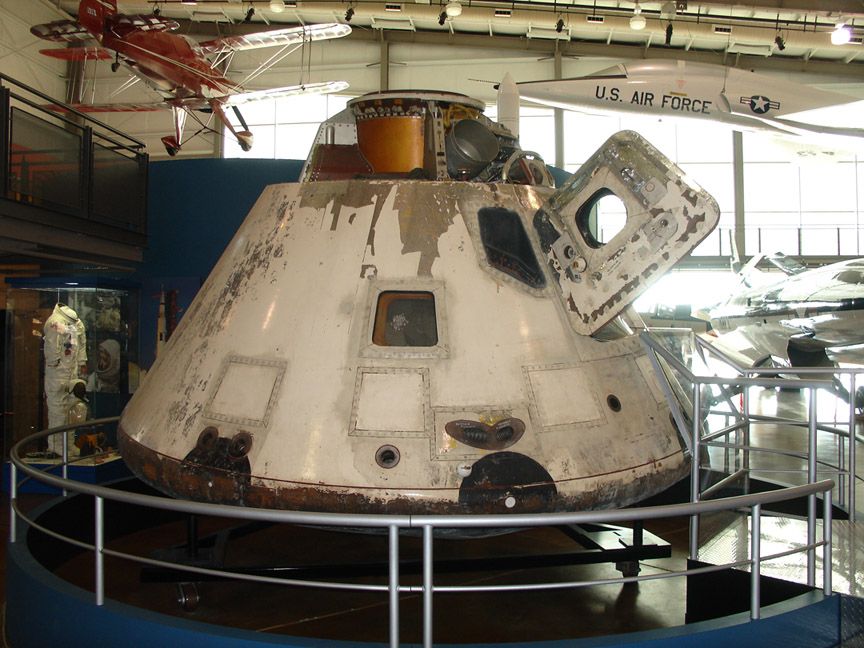
Apollo 7 (flew in Earth orbit, October 1968)
This capsule had an interesting history. In January 1969 it appeared in the inaugural parade of Richard M. Nixon, then went to the National Museum of Science and Technology in Ottawa, Canada, on loan for 30 years. In 2004 the capsule returned to the U.S. and is now on display at the Frontiers of Flight Museum in Dallas, Texas.
Apollo 8 (flew to the Moon, December 1968)
The capsule that first carried people--named Lovell, Borman and Anders--to the Moon in December 1968 went on tour to the world's fair Expo '70 in Osaka, Japan in early 1970. Eventually it wound up in the Museum of Science and Industry in the Jackson Park area of Chicago, where it has been ever since.
Apollo 9 "Gumdrop" (flew in Earth orbit, March 1969)
The first Apollo capsule with a name, Gumdrop, which was used on a mission to test the lunar module in Earth orbit, is on display at the San Diego Air & Space Museum. Interestingly, a piece of the Apollo 9 lunar module remained in orbit for a long time and didn't disintegrate in the atmosphere until 1981. An upper stage of the Apollo 9 rocket is still up there.
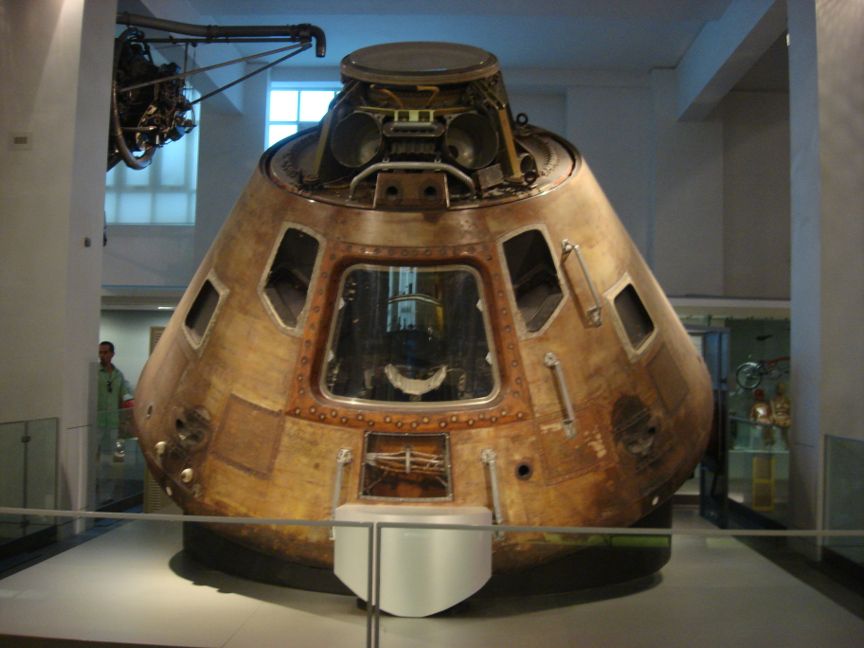
Apollo 10 "Charlie Brown" (flew to the Moon, May 1969)
This dress rehearsal for the big landing took humans to the Moon for the second time, but again they didn't land. (Whether they could or should have attempted to do so is the origin point of the Apple TV series For All Mankind, an alternate-history tale of what might have happened if the Soviets beat Americans to the Moon). Charlie Brown is on semi-permanent loan to the Science Museum in London, UK. NASA did not like the fact that the astronauts named their ship after a cartoon character and asked future crews to choose more dignified names. It didn't entirely work. Though some of the subsequent names were a little loftier, see what they named Apollo 16, below.
Apollo 11 "Columbia" (flew to the Moon, July 1969)
The most famous spacecraft in American (and possibly world) history is naturally on display at the National Air and Space Museum in Washington, D.C. I've seen it, and it's awesome. Because most of the discourse you'll see online today is going to be about this mission, I don't think I need to say any more about it.
Apollo 12 "Yankee Clipper" (flew to the Moon, November 1969)
The second ship to fly to the Moon on a crewed landing mission was for a long time displayed at the Naval Air Station at Pensacola, but now it's on display at the Virginia Air & Space Center in Hampton, Virginia. The header image of this article is a picture of the Apollo 12 capsule.
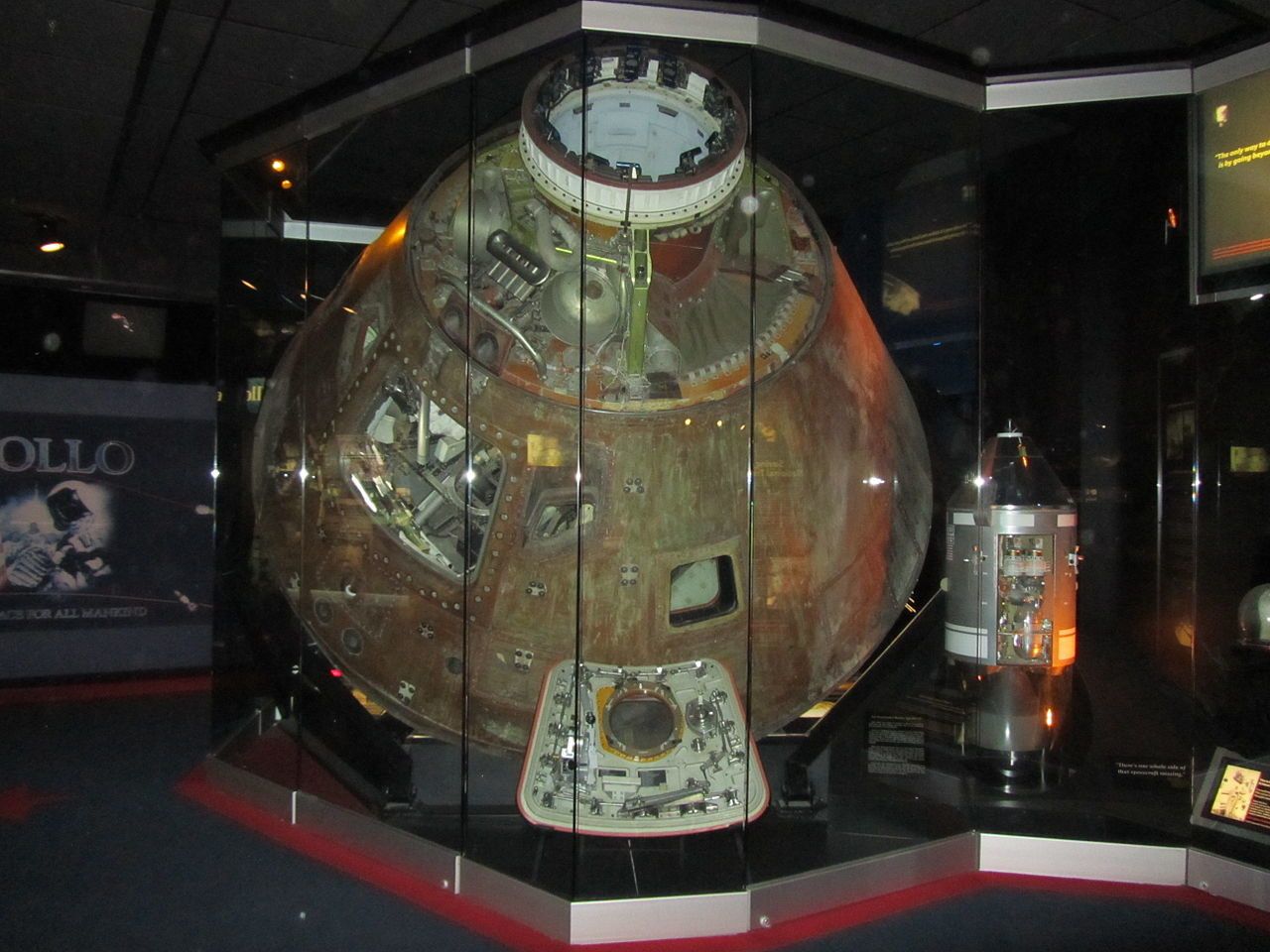
Apollo 13 "Odyssey" (flew to the Moon, April 1970)
The ship from the famous failed mission had to be taken apart during the investigation after it was over, and thus Odyssey got around quite a bit. The exterior shell was on display at a museum in Paris for many years while its interior components sat at a museum in Louisville, Kentucky until the year 2000. Then reassembled, Odyssey went to where it is now, the Kansas Cosmosphere and Space Center in Hutchinson, Kansas.
Apollo 14 "Kitty Hawk" (flew to the Moon, February 1971)
Kitty Hawk was on display at the Astronaut Hall of Fame in Titusville, Florida for a long time, but is now displayed at Kennedy Space Center in Florida where it began its trip to the Moon.
Apollo 15 "Endeavour" (flew to the Moon, July 1971)
The Apollo 15 ship, which has the most Star Trek-y name of any of them, was full of glitches and in fact the mission itself, though successful, ultimately involved the astronauts in some shady dealings with stamp dealers and other publicity seekers. The capsule is now at the National Museum of the U.S. Air Force at Dayton, Ohio.
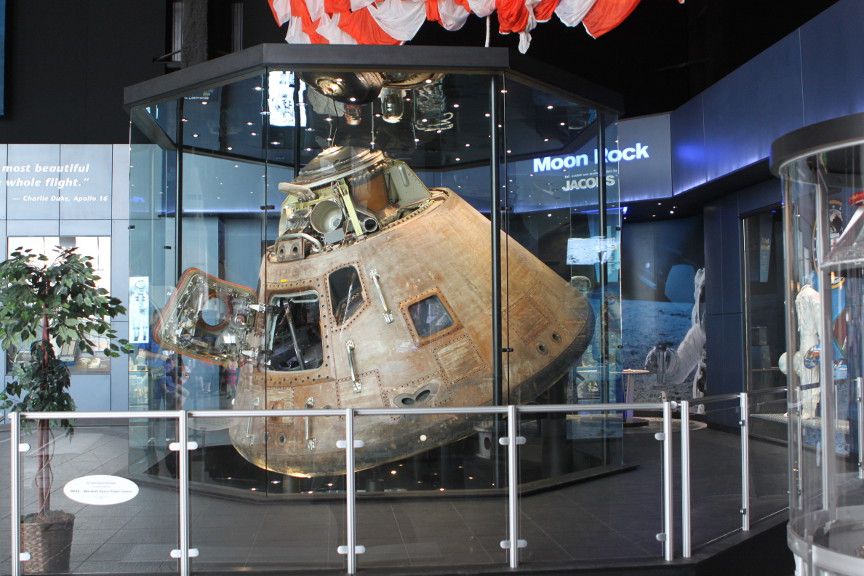
Apollo 16 "Casper" (flew to the Moon, April 1972)
A week or so after this Command Module returned to Earth, and after the aircraft carrier that picked it up had delivered it to a U.S. Navy base in San Diego, the capsule was damaged in an accident during the purging of leftover fuel from its retro-rockets. The fuel ignited unexpectedly, sending 46 people to the hospital, but fortunately they recovered. "Casper," named for another cartoon character, suffered a puncture in the capsule's skin but it was otherwise still intact. It's now at the U.S. Space & Rocket Center in Huntsville, Alabama.
Apollo 17 "America" (flew to the Moon, December 1972)
The last craft ever to take human beings out of the orbital zone of Earth is at the Lyndon B. Johnson Space Center in Houston, Texas, where Mission Control for the Apollo flights was based.
With the vast majority of the Apollo spacecraft either in very inaccessible places (like the Moon) or gone entirely, I think it's important to preserve what artifacts we still can of this rich and fascinating history. In doing so I hope I've brightened your day a little. Thanks, as always, to all my subscribers and readers!
The Value Proposition
Why should you be reading this blog, or receiving it as a newsletter? This is why.
☕ This is where I normally put my Ko-fi link. Don't buy me a coffee this week--order my new history book The 50 Most Important Things in History instead for the same price!
🎓 Like learning? Find out what courses I’m currently offering at my website.
📽 More the visual type? Here is my YouTube channel with tons of free history videos.
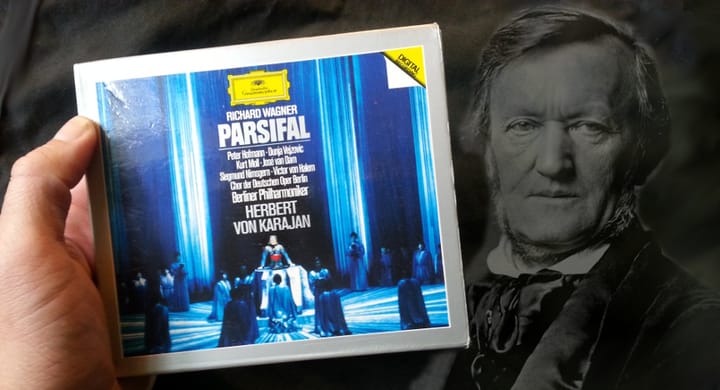

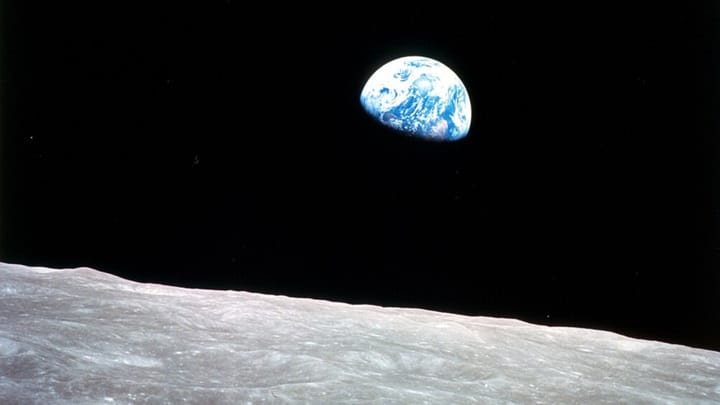
Comments ()